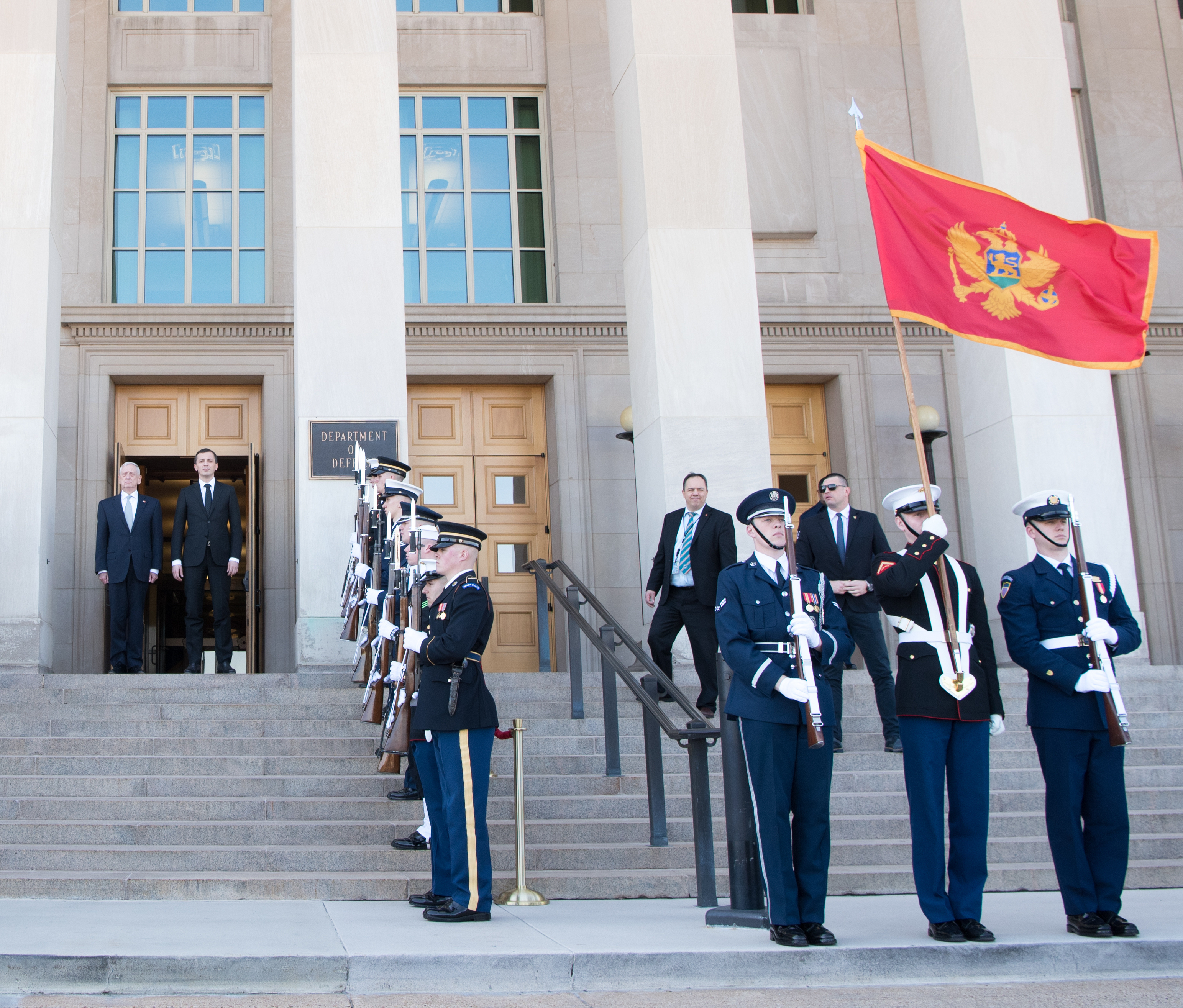
The Balkans are “an area we could have problems with in the future” as the Kremlin increases the tempo of its disinformation campaigns in Serbia and nations with large Serb populations, like Kosovo and Bosnia, the nation’s top commander in Europe warned Thursday.
Army Gen. Curtis Scaparrotti testified, “Russia is at work in the Balkans, and we have kind of taken our eye off the area.”
Moscow’s idea is to “have a spoiling effect” in nations of the former Yugoslavia, destabilizing their governments and undermining the population’s confidence in their leaders.
Russia’s most recent and public intervention in the region came two years ago as Montenegro, a Balkan nation on the Adriatic Sea, was moving toward NATO membership. Moscow, following its seizure of Crimea in 2014, the backing of separatists in Ukraine and deteriorating relations with the European Union and the United States because of that aggression, saw this as a direct security threat.
At the time, Montenegrin officials foiled an attempt by opposition parties and Russian military intelligence to disrupt its 2016 elections, overthrow the existing government and end the quest to join the alliance. Moscow has denied any involvement in the plot. Montenegro became NATO’s 29th member in 2017.
“They’re not out of the woods yet,” he said of Montenegro’s political stability and economic development.
The Balkans in 1995 was the first site of a NATO military intervention. At the time, Bosnia was being torn apart in a three-way bloody ethnic struggle among Croats, Serbs and Bosnians for control. Russia provided troops to the International Force in Bosnia. Moscow shares religious and cultural ties with the Serbs.
Four years later, NATO against responded militarily to the ethnic and humanitarian crisis in Kosovo, then a largely Muslim province of Serbia. Kosovo has since declared its independence.
NATO maintains a headquarters and small force in Bosnia, as well as Kosovo. The U.S. commitment to both comes from the National Guard.
This continued Russian interference with democratic processes — the Brexit vote in the United Kingdom, France’s successful defense of its voting, possible success in Germany and Italy and concern about Sweden’s upcoming election and the United States midterms — drew close attention during the Senate Armed Services Committee hearing.
“Typically when you look at their disinformation, their social media, it is generally targeted at the undermining of Western values” from confidence in the governments themselves as they tried in Montenegro and their leaders, he said.
Scaparrotti said the Russian drive is to use multiple platforms and aimed “to sow confusion … so there is distrust in government.”

He said the United States’ “whole of government approach” is faltering in this regard. “I don’t believe there is an effective unification across the interagency with the energy and the focus that we could attain.”
Scaparrotti’s testimony echoed similar themes the committee heard from Daniel Coats, director of National Intelligence.
Acknowledging a recent RAND Corporation study on conventional forces in Europe that found Russian troops could capture the Baltic capitals in a little more than two days and the United States forces in Eastern Europe were “outranged, outgunned, and outmatched.”
He said command worked with RAND on the study, which began in 2014.
“We have re-postured forces since the RAND study was done. We’ve rewritten plans since then and we would fight this differently than RAND found in that experiment or that exercise they did.” He said the command and NATO are continuing to adapt, citing the lessons both took from recently concluded Russian exercises near the Polish border, involving nuclear and conventional forces and a “whole of society” involvement in the operation.
Even with the increased defense spending by allies and a renewed commitment by the United States through the European Deterrence Initiative for more money for facilities, rotational and positioned ground forces, increased prepositioned heavy armor in the Netherlands and Belgium, continued maritime presence in the Black Sea, Scaparrotti said, “I don’t have all the forces I need in Europe today.”
“I think we should continue to press” NATO allies to reach the two percent threshold of defense spending and 20 percent of that spending go to capabilities. Eight alliance nations meet that goal now, he said. Russian spends about 5.3 percent of its gross domestic product on security and defense needs.
Asked if he had more money where would he spend it, he said he would invest it into more C4ISR [command, control, communications, computers, intelligence, surveillance and reconnaissance] systems. That investment could also help the command in mapping out Russia’s infrastructure and connections between its government, businesses and industry.
Scaparrotti also said the alliance’s missile defenses could be built up with great investment in short- and medium-range systems to counter Russian developments in cruise missile technologies.





